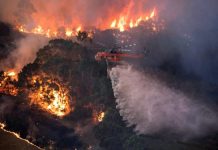A bushfire is a wildfire that occurs in the Australian bush. Bush is the word for woodland, scrub or grassland of New Zealand and Australia. In south east and south west of Australia, bushfires are very common in the early autumn and summer. In the north of Australia, bushfires generally happen during winter which is the dry season. Many Australian plants burn easily. Eucalyptus trees have a large content of oil which makes them burn.
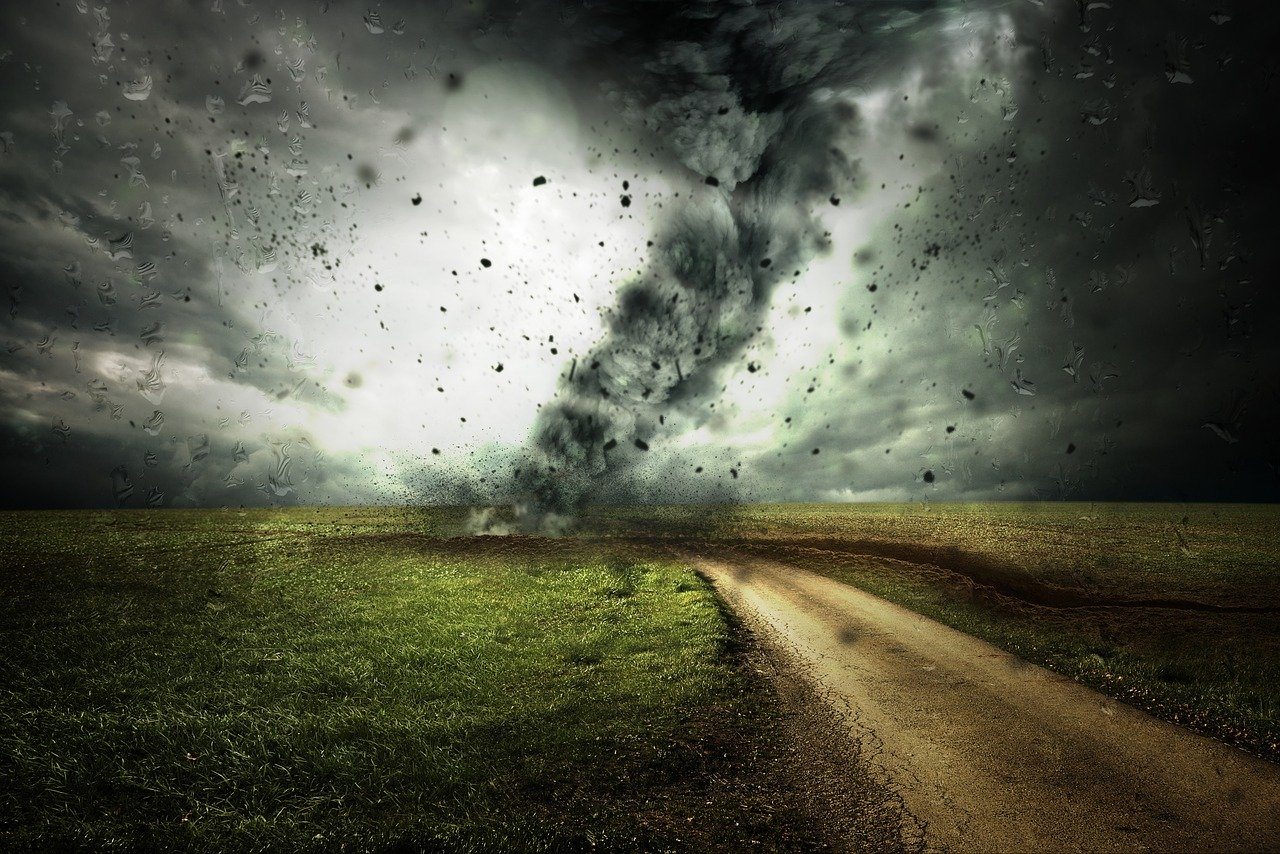
Weather is an important component for bushfire spread. Dry spells and Droughts create a high fire risk, particularly if the dry spell follows a period of good rain that has encouraged lush growth in the grasslands and forests.
Low relative humidity, lack of rain and high winds all contribute to increased fire danger. Sunshine and high temperatures speedily dry timber and grass which burn very quickly. Hot air can lessen the moisture content of grasslands and forests to around five per cent and in extreme cases to two to three per cent, greatly increasing the speed of the fire.
In southeast Australia, bushfires generally be most common and most severe during autumn and summer.
In the north of Australia, bushfires generally occur during the dry season, and fire severity tends to be more related with seasonal growth patterns.
Australia is no stranger to wildfires, but this season has been unpredictable in scale and intensity – and the summer is far from over. So far at least 17 people have died in blazes that have cleaned the country, more than 1,200 homes have been destroyed and 5.5 million hectares (13.5 million acres) of land has been burnt.
Why are the fires so bad?
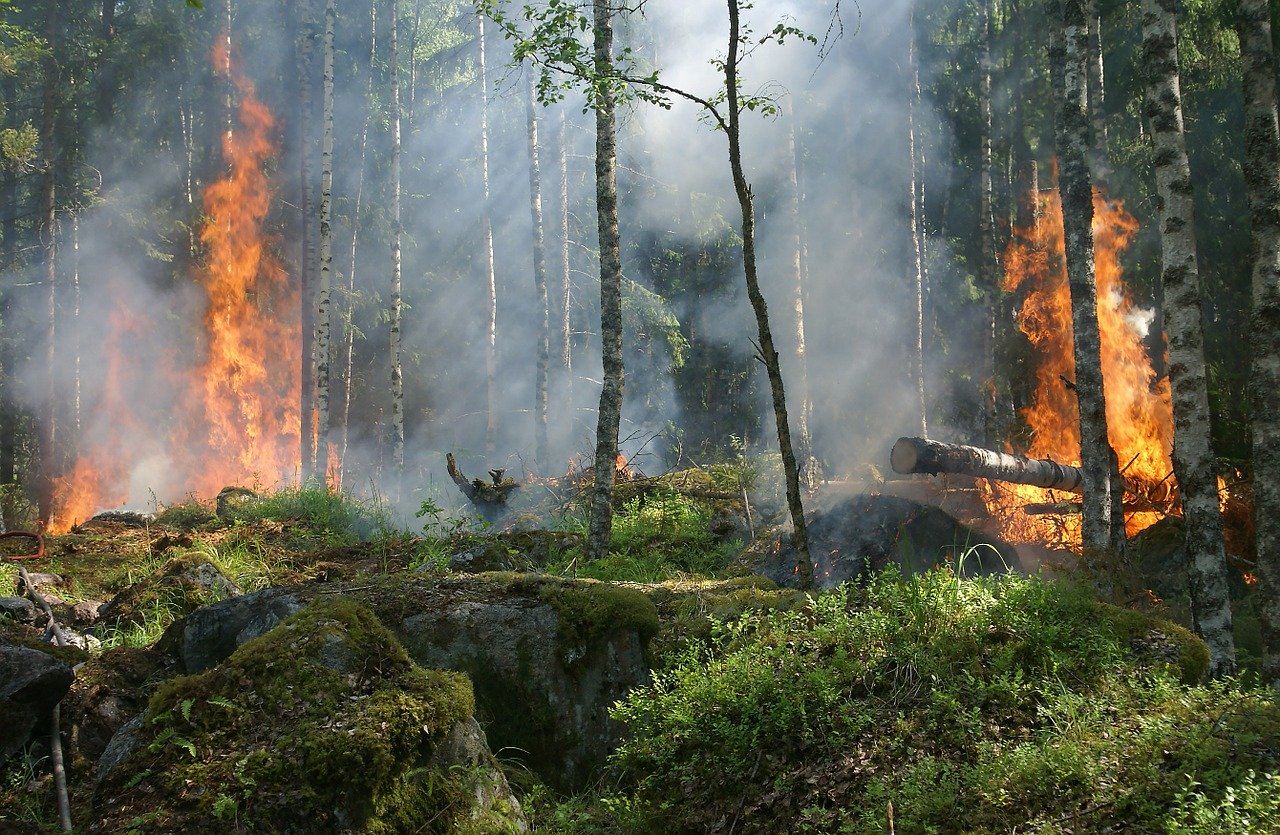
Australia’s deadly fires have been fuelled by a combination of long drought and strong heat and winds.
The country is in the grip of a heatwave, with earthshaking temperatures over the last three months. In mid-December the country saw the hottest day in history – the average temperature was 41.9 degrees Celsius.
Has climate change caused the fires?
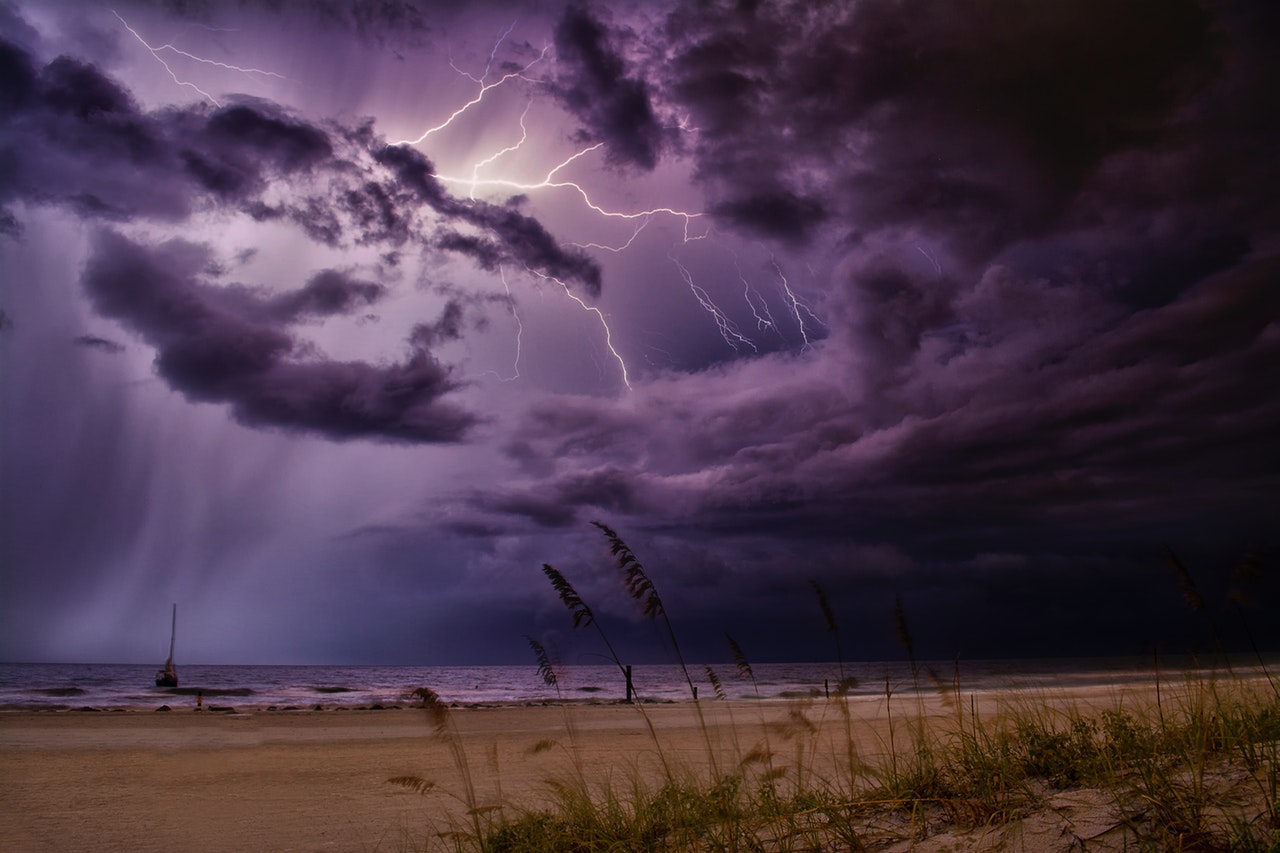
Bushfires are a regular feature in Australia’s calendar – often caused by natural reasons such as lightning strikes – and cannot be responsible on climate change or rising greenhouse gas emissions alone.
But experts say that the changing climate is key to understanding the fierceness of this years blazes – hotter, drier conditions are making the country’s fire season longer and much more unsafe.
And Australia’s climate is definitely changing. According to the country’s Meteorological Department, temperatures have already increased by more than one degrees Celsius since 1920 – with much of the increase taking place since 1950.
What is being done to stop the fires?
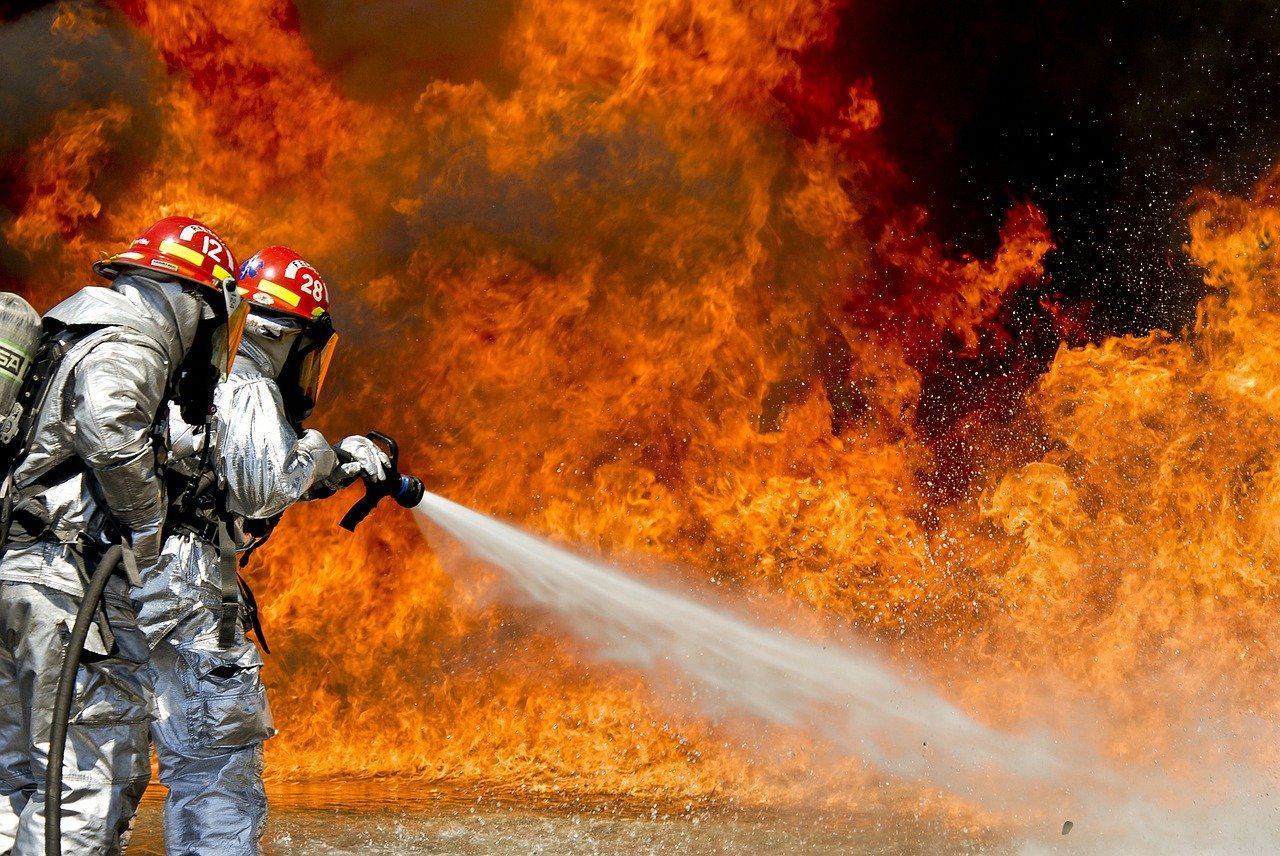
So far the response has been mainly reactive – aimed at evacuating inhabitants to safety and stopping the fires from spreading.
Australia getting help from hundreds of thousands of volunteer firefighters, who have been working hard to try and bring the fires under control for months.
The armed forces have now also been organized to fight the fires and evacuate residents and the United States, New Zealand and Canada have also sent resources including firefighters to help stem the blazes.
But in the long term, specialists have said that there should be a review of building standards in bushfire zones to create strong homes and larger buffer zones between the properties and bush.
There have also been calls for emphasis on traditional fire management methods used by Indigenous communities and a paid fire service less dependent on volunteers.
Reach out to us for more information at contact@callousweb.com
If you liked this article please share it on social media.

















